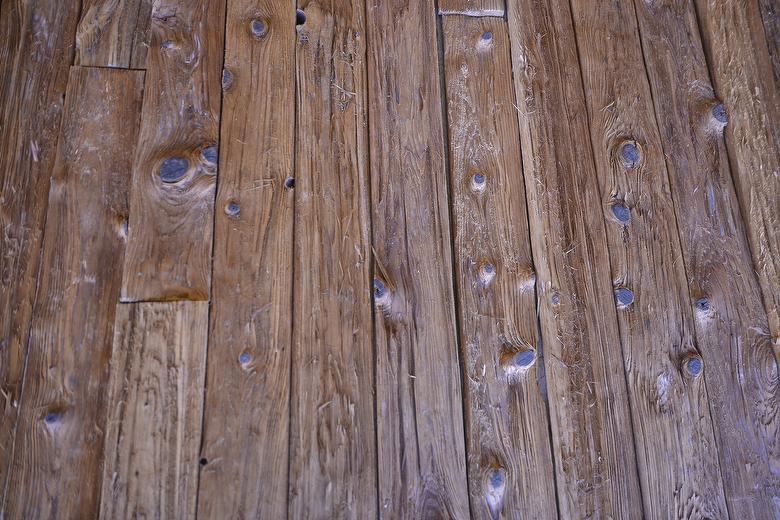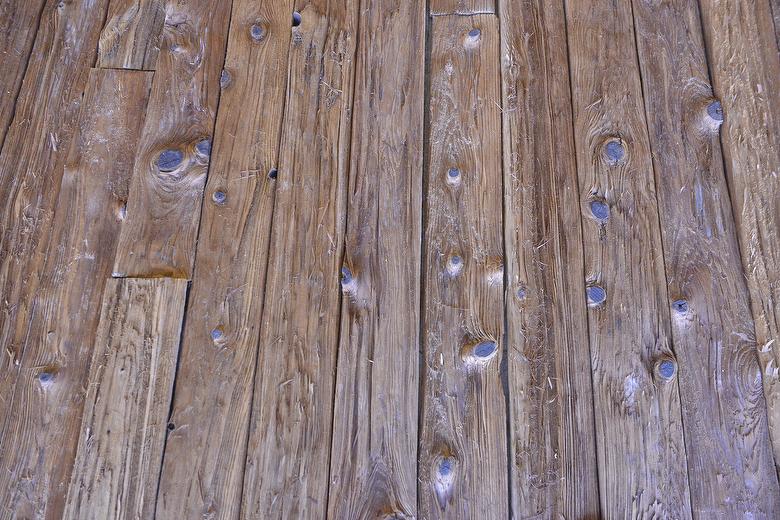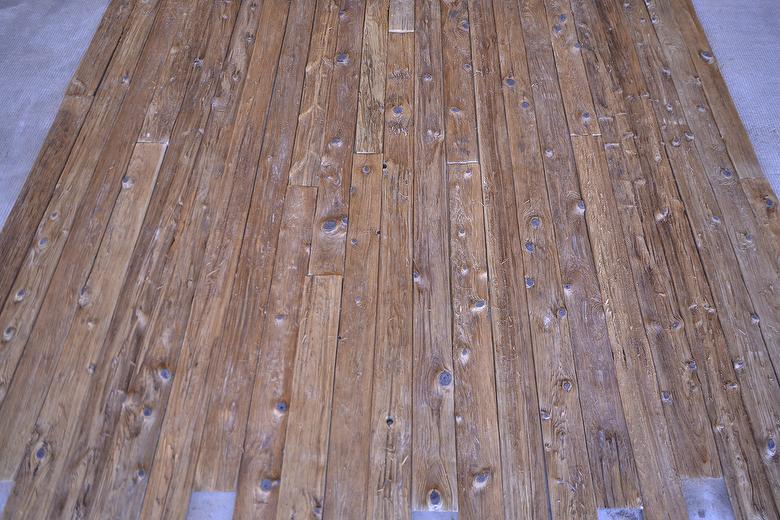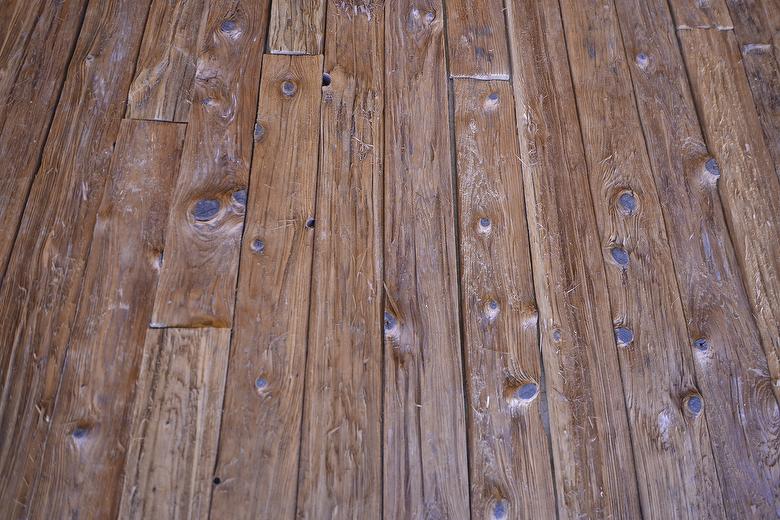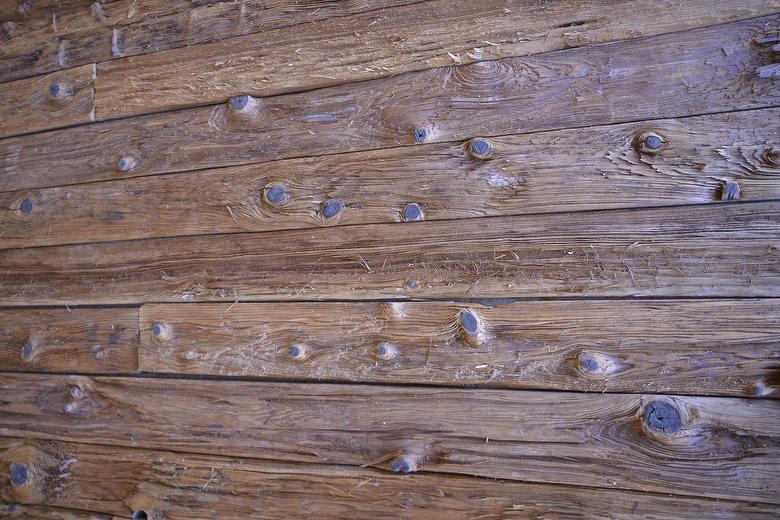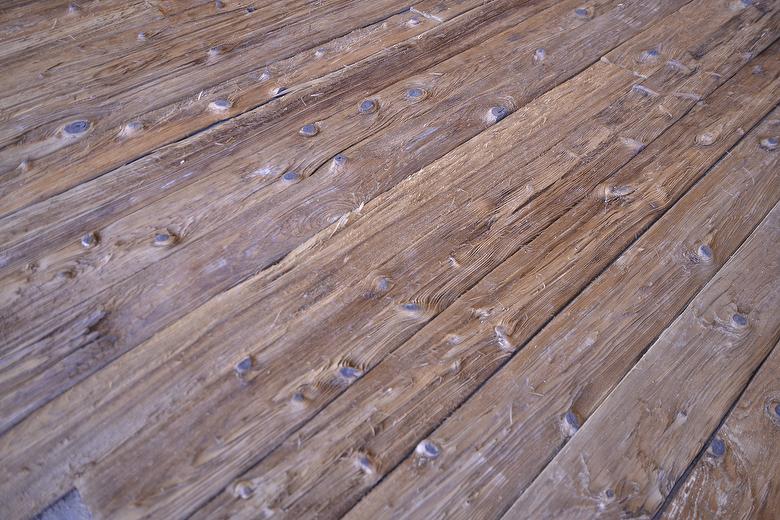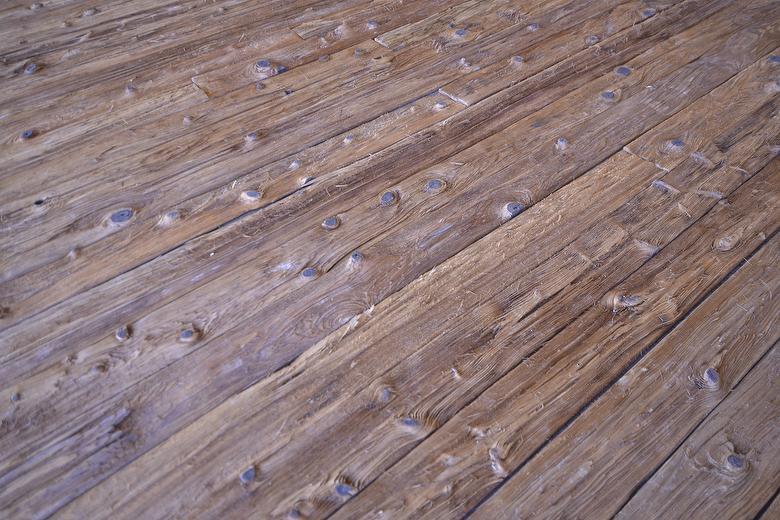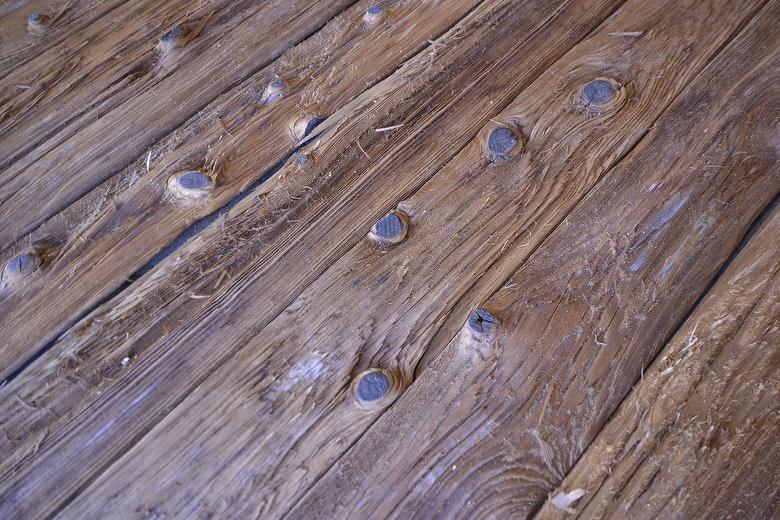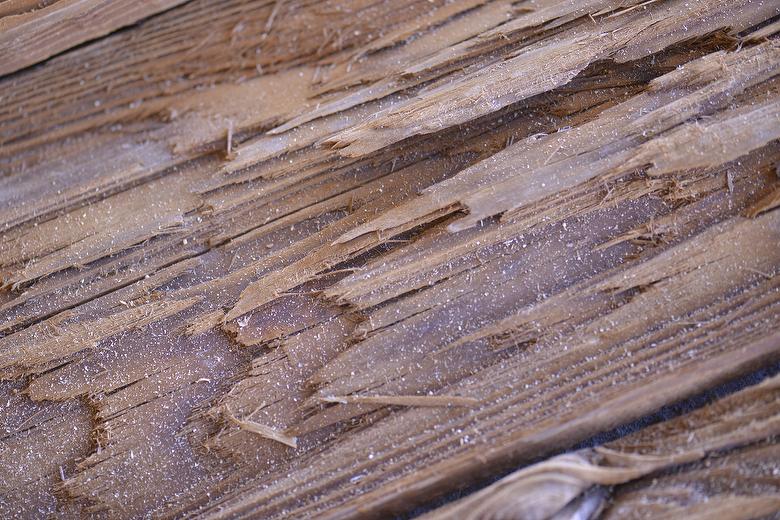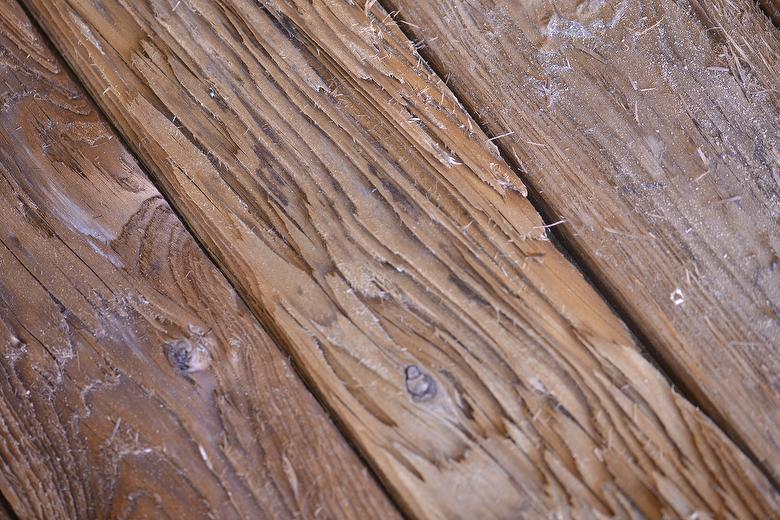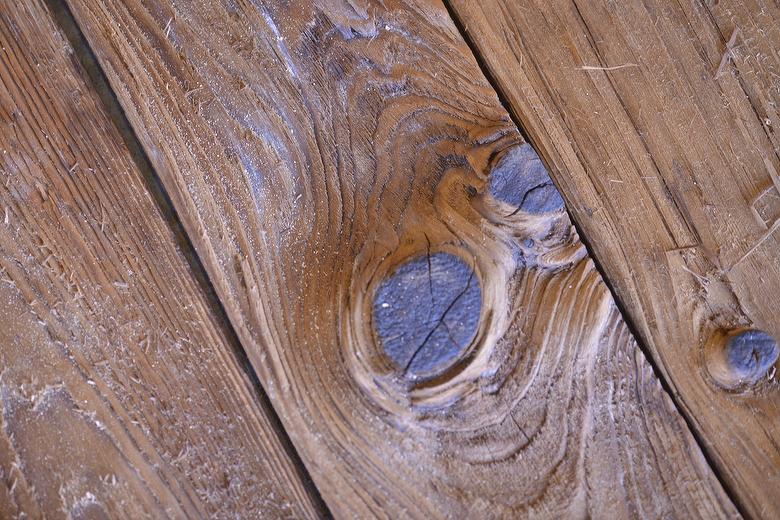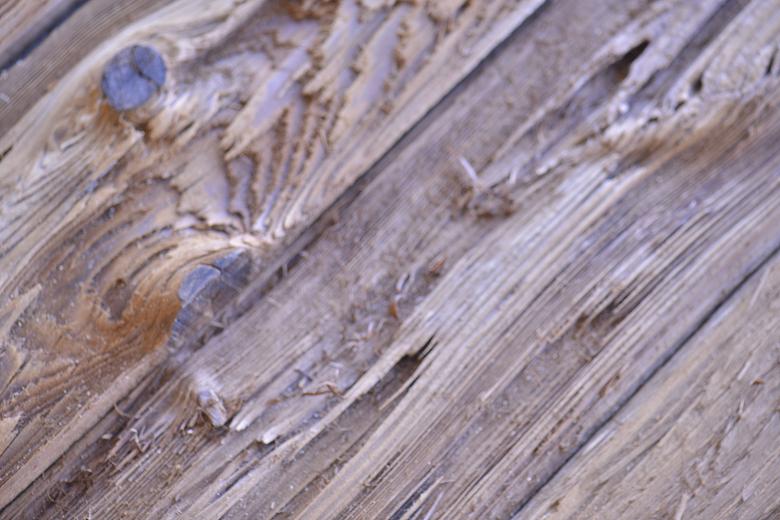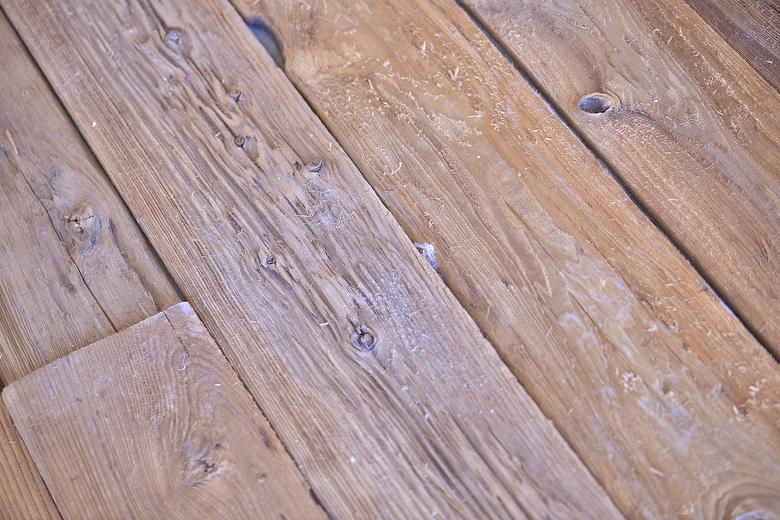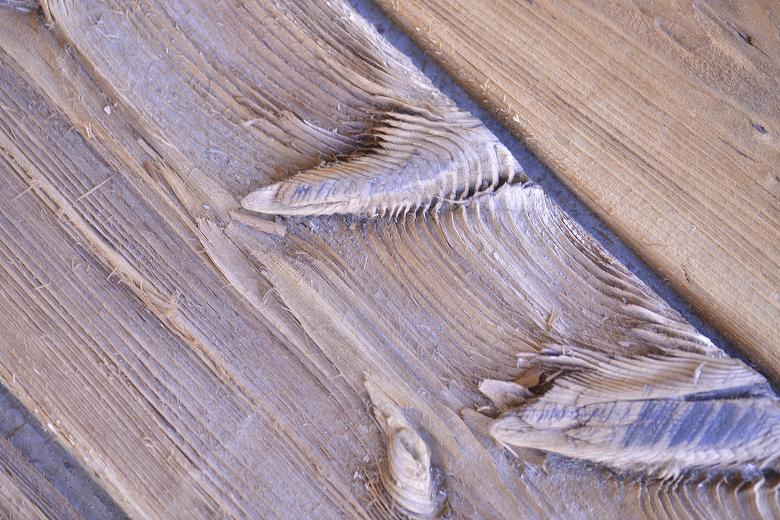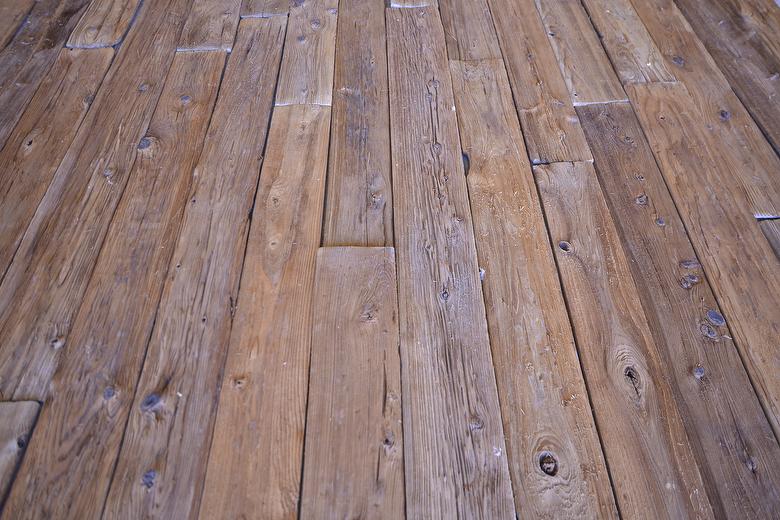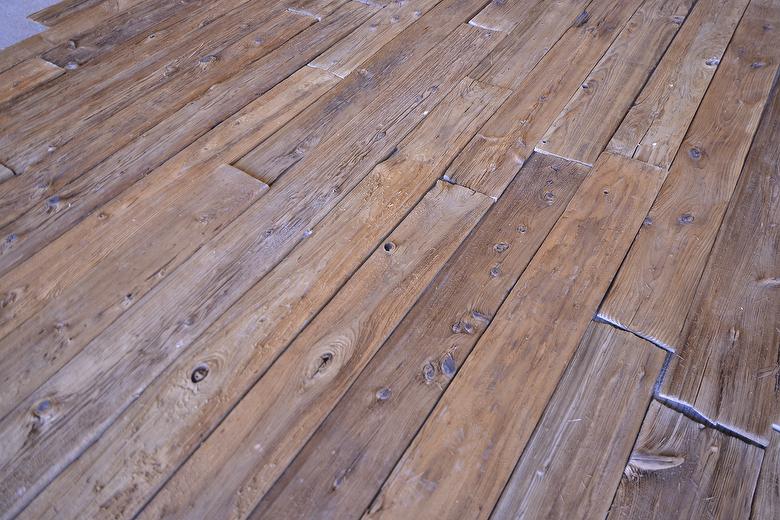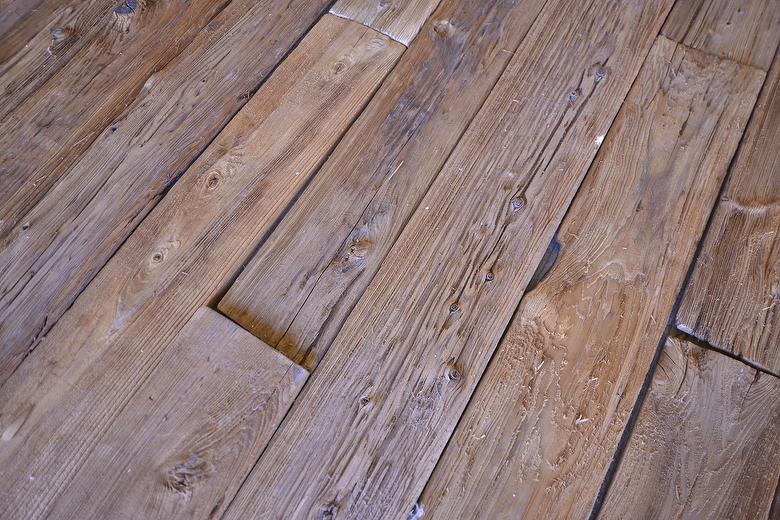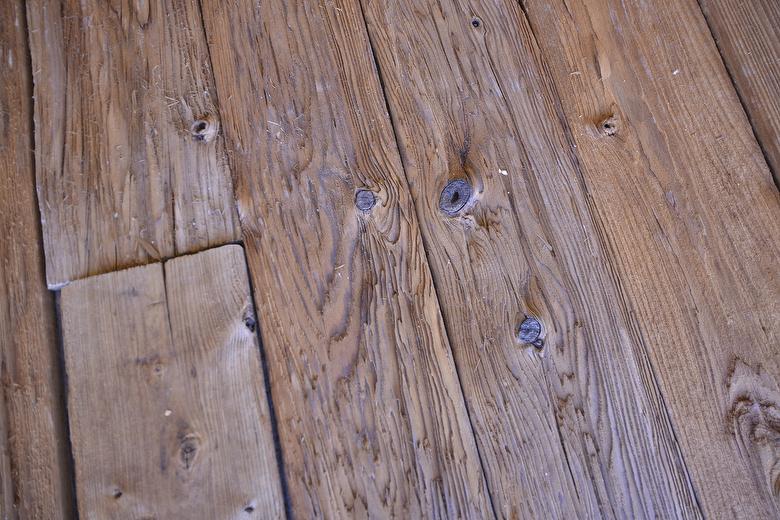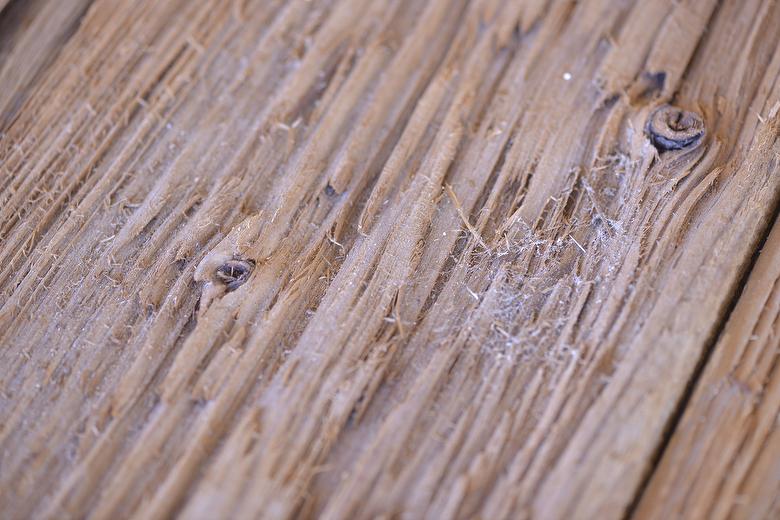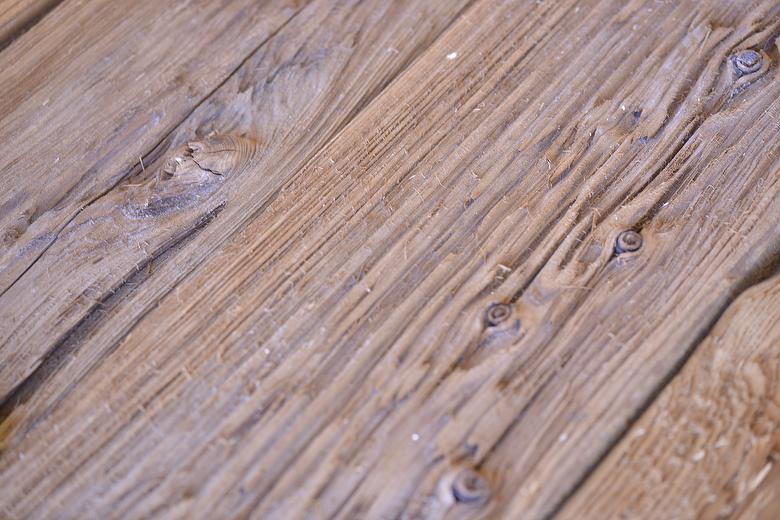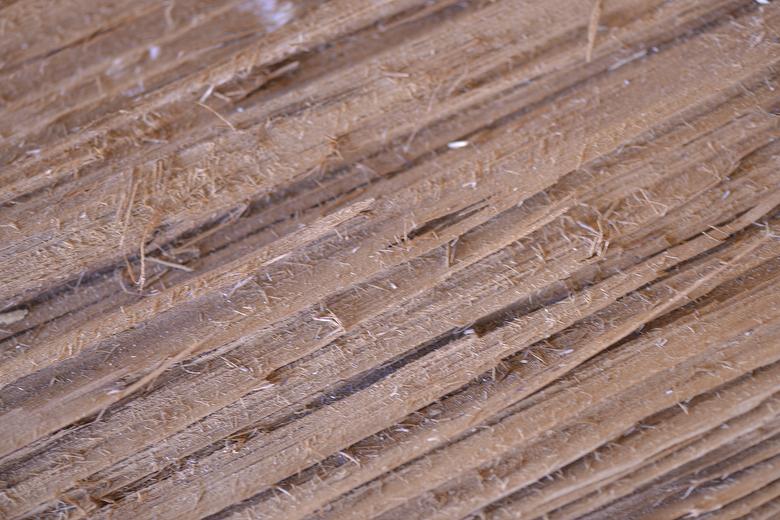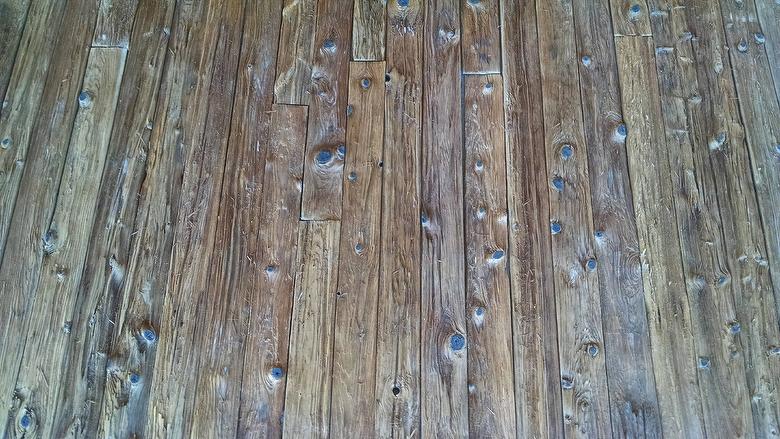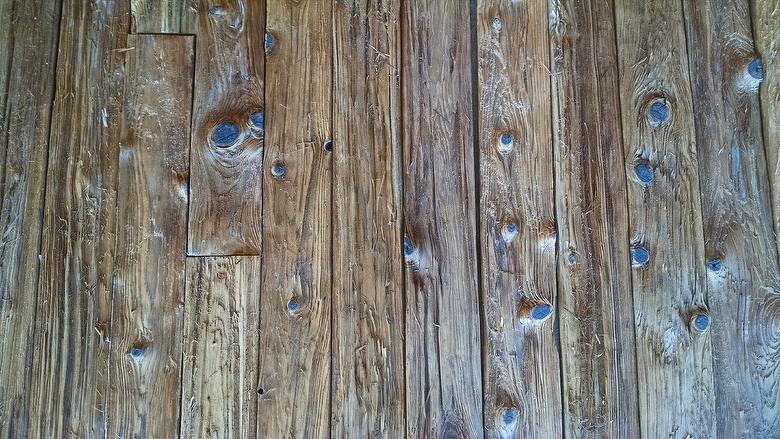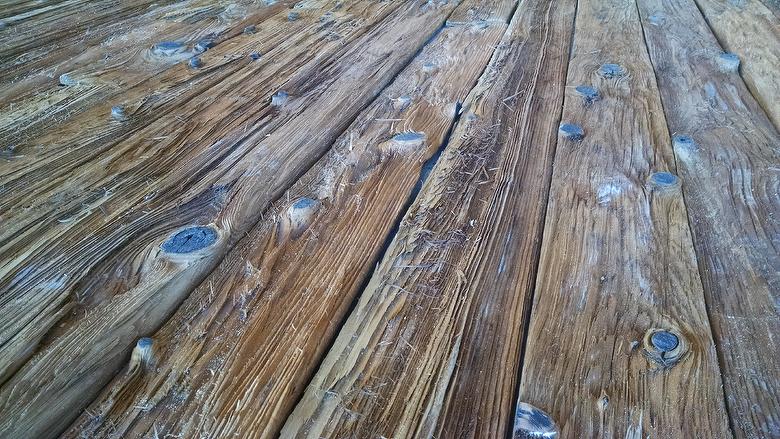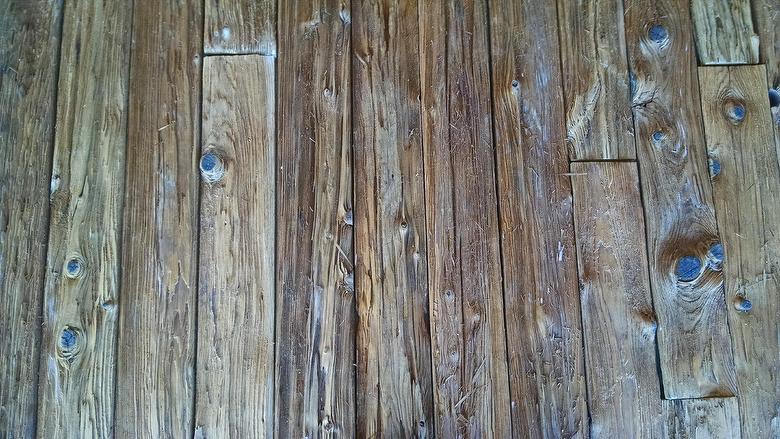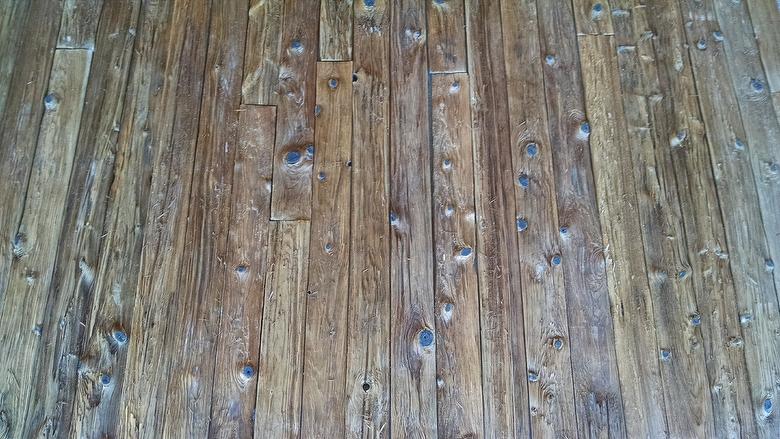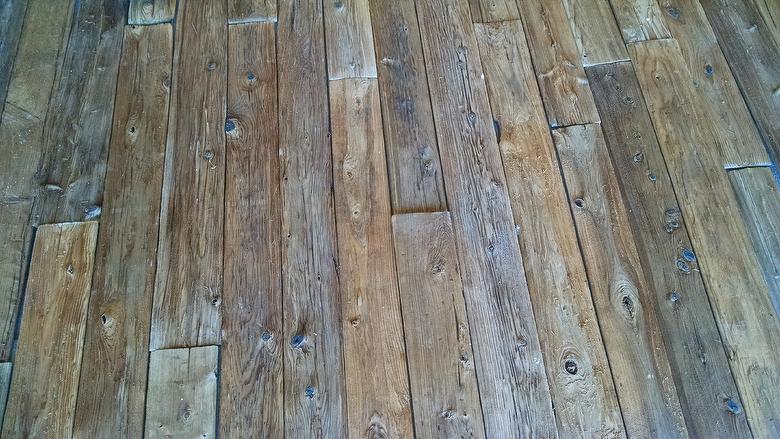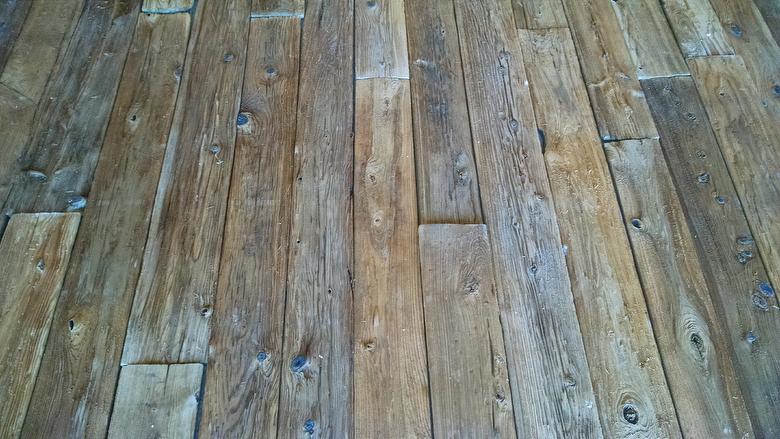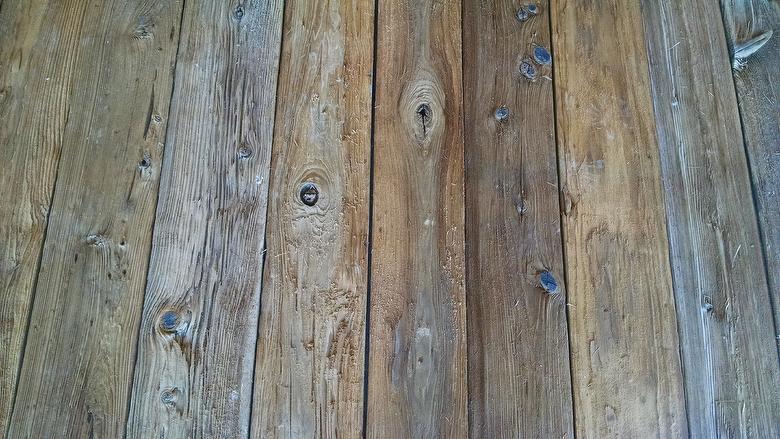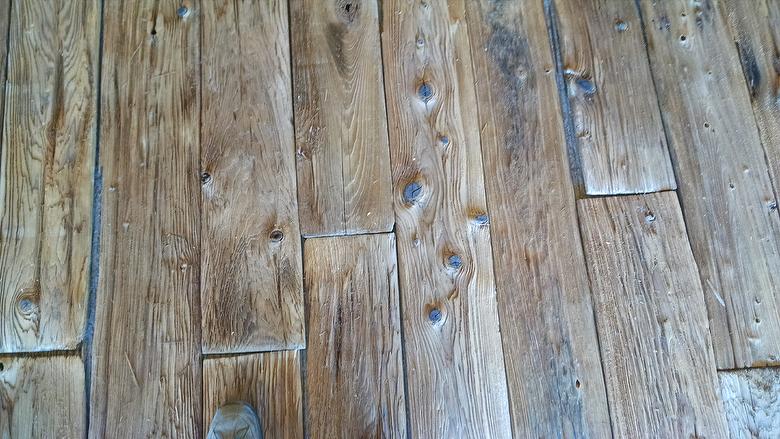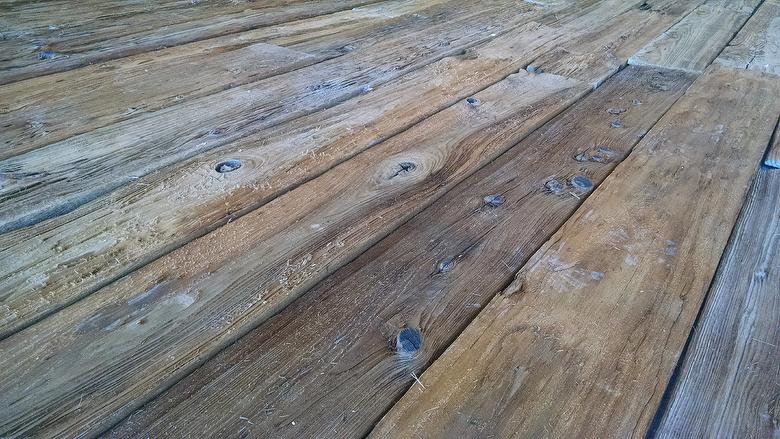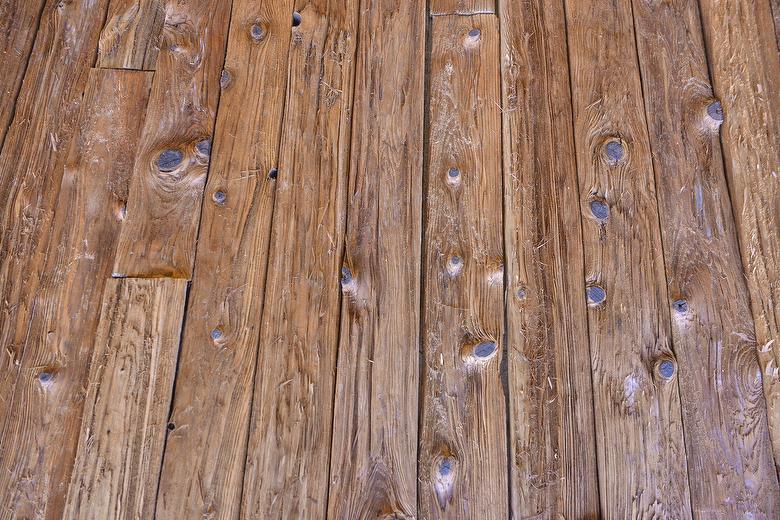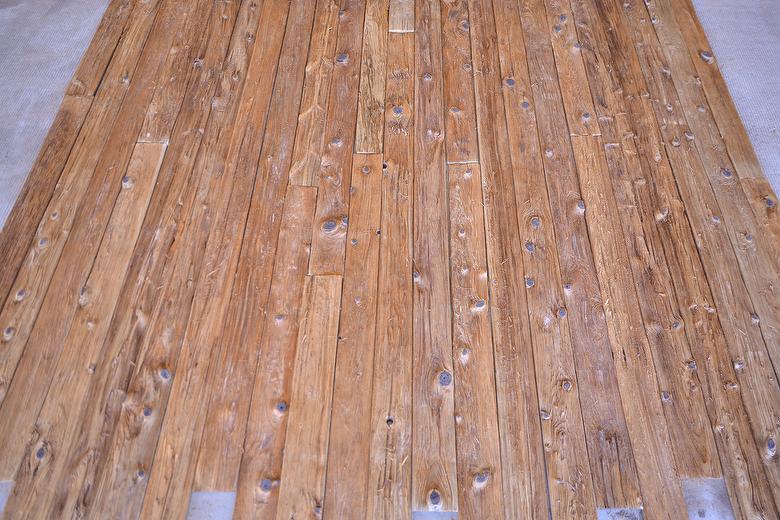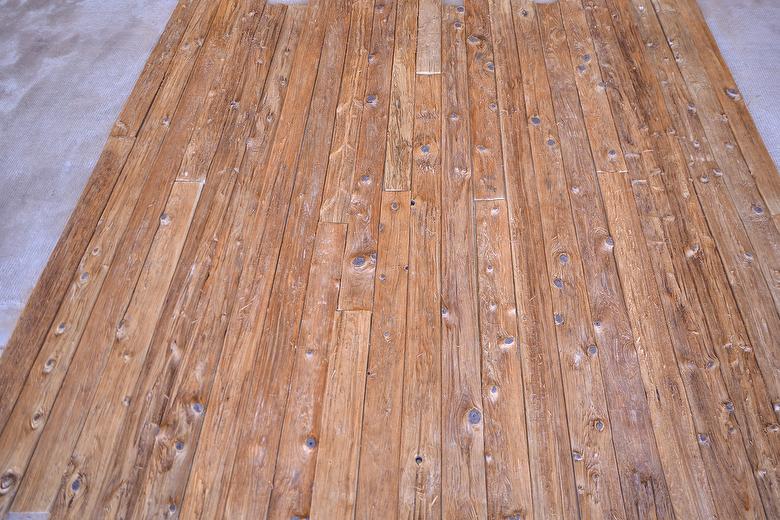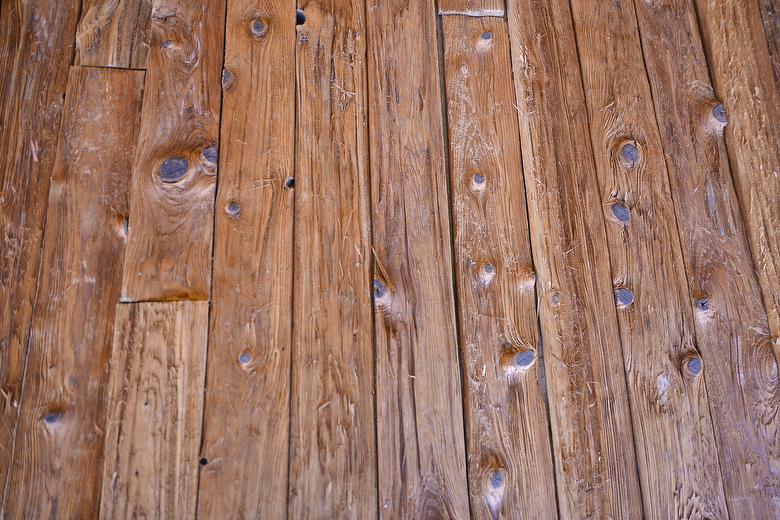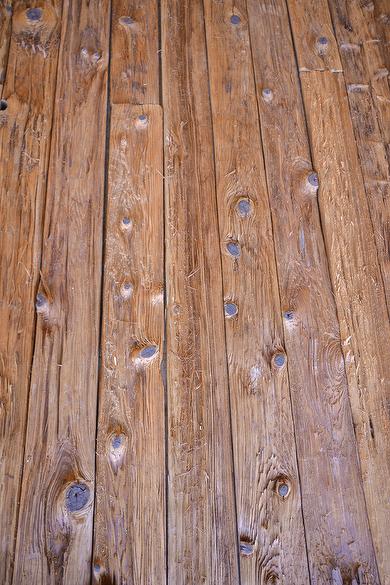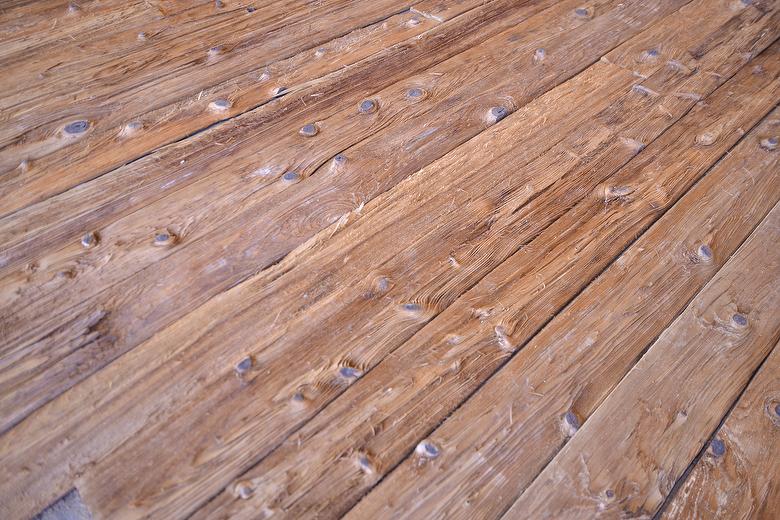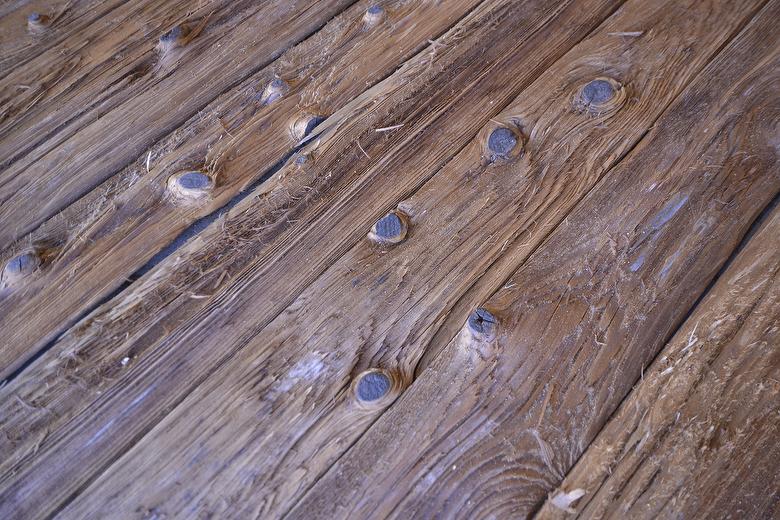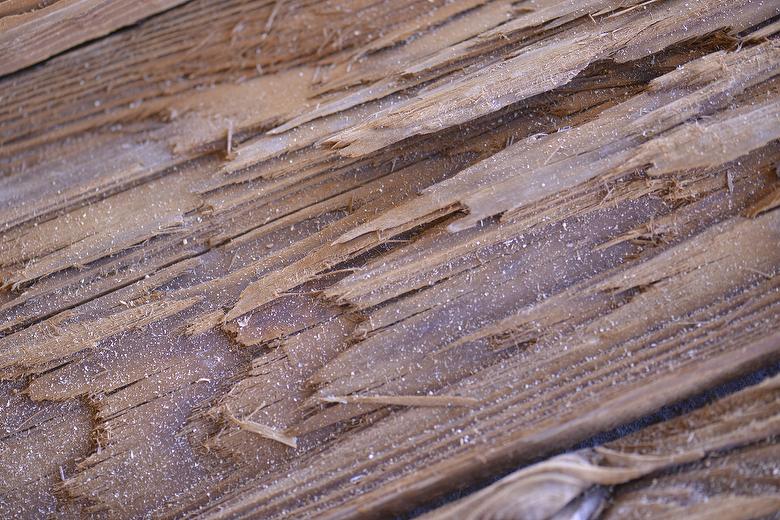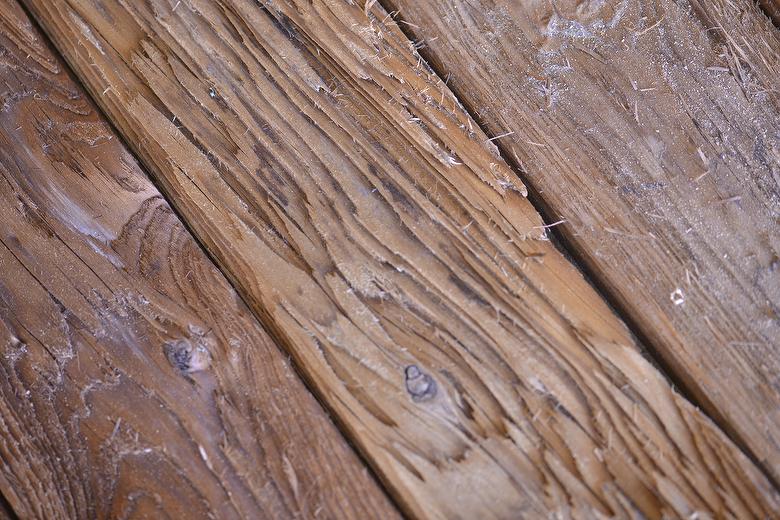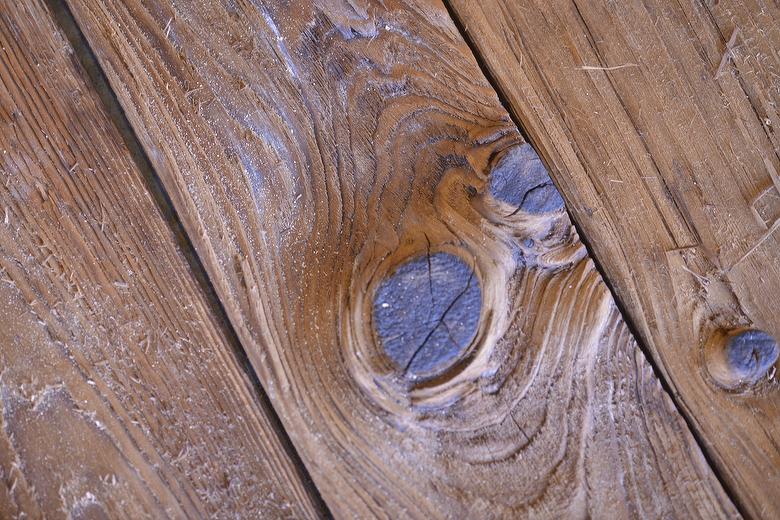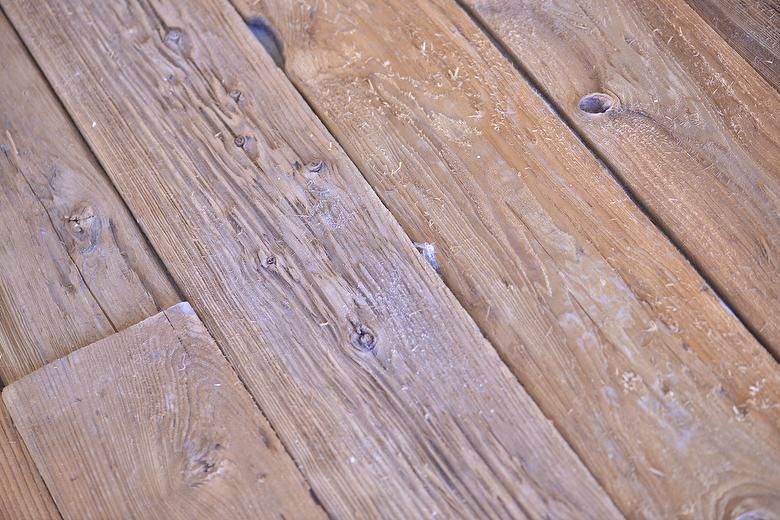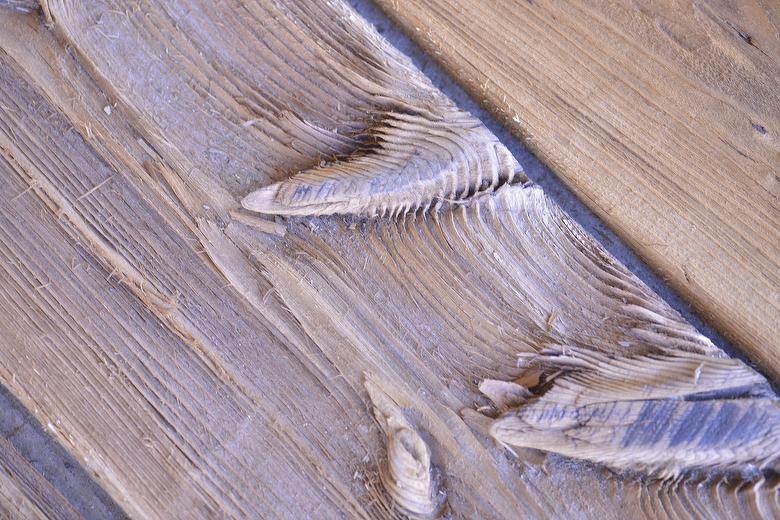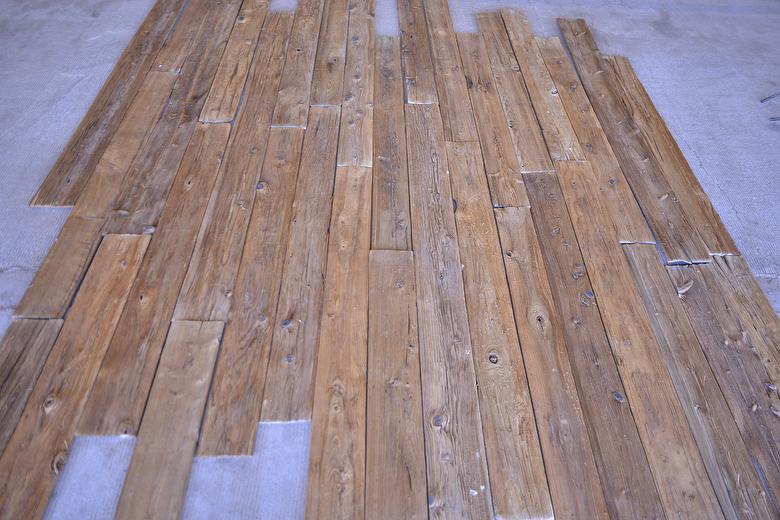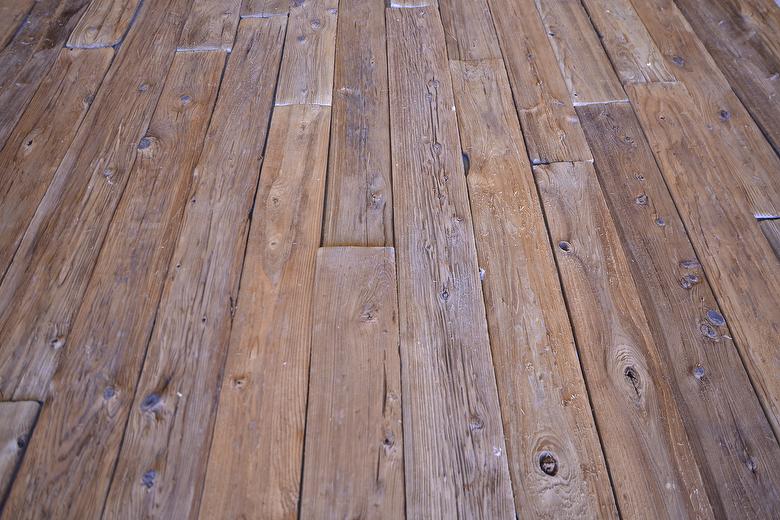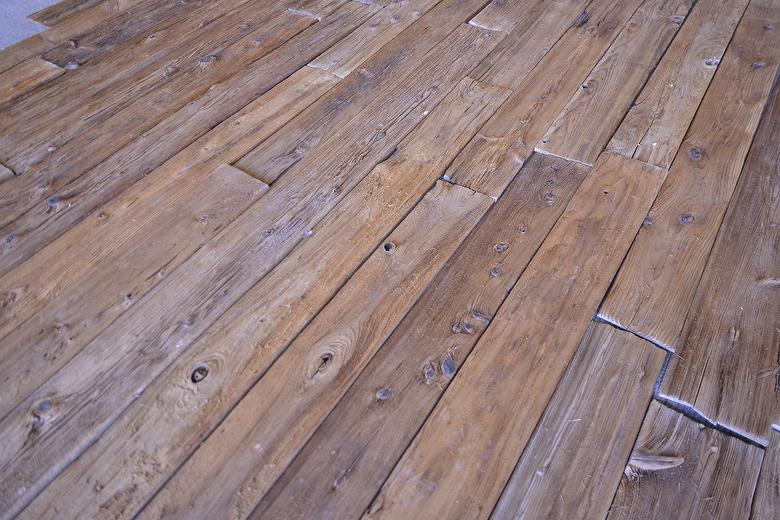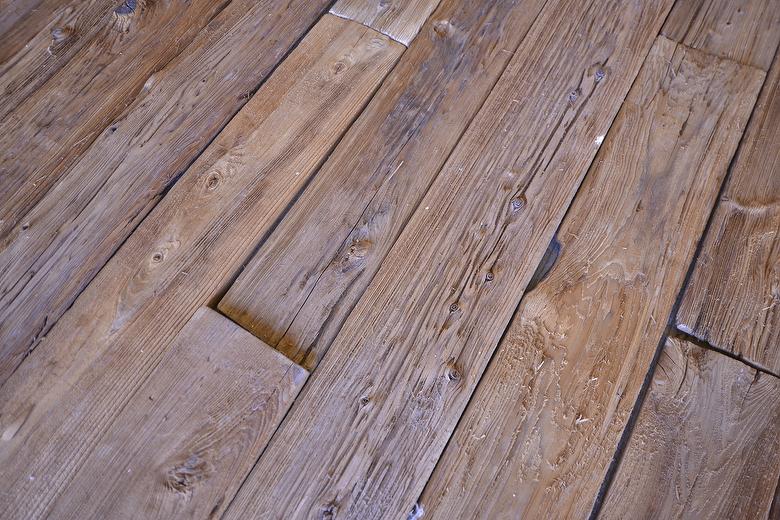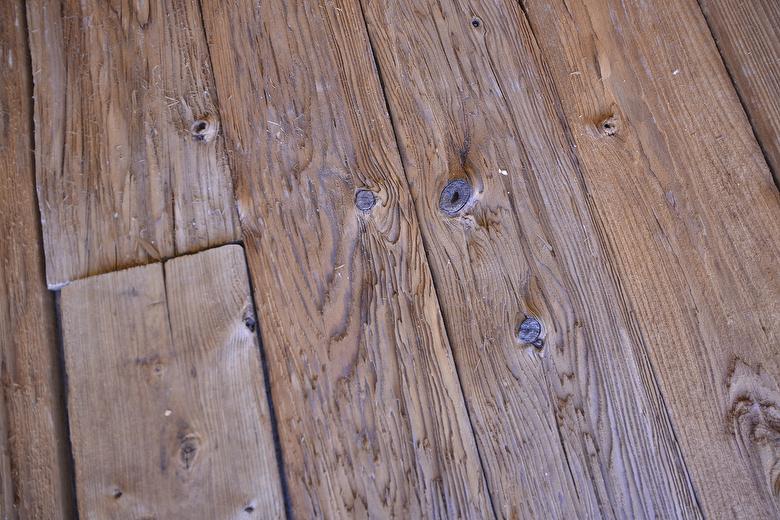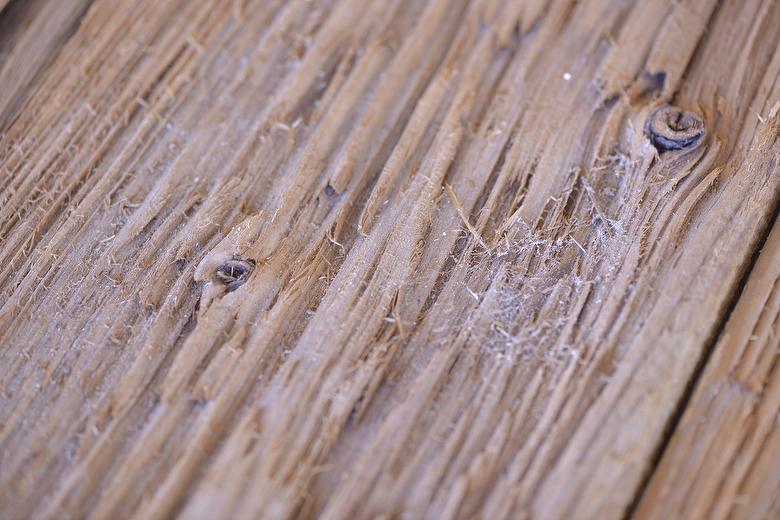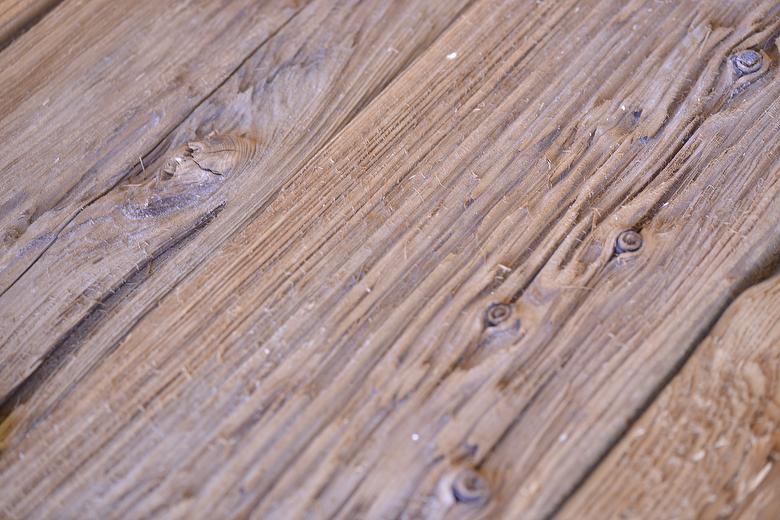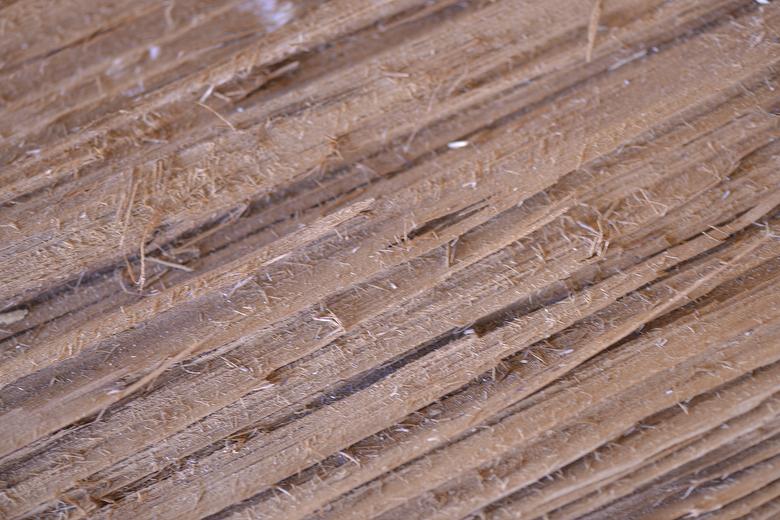1 x 6 Mushroomwood Lumber
1 x 6 Mushroomwood Lumber
Specification Sheet #7210 - Weathered Mushroomwood
Request Quote
Height
Width
Length
Quantity
1"
6"
Rand 4-10'
min: 500 lf
Related Productline Pages
Mushroomwood
Specification Sheet #7210 - Weathered Mushroomwood
Species
Mixed Species. May include Cypress, Cedar, Hemlock, others.
Source
Mushroom growing facilities from different locations in North America
Metal/Holes
Nails and fasteners are removed or occasionally cut flush or broken off. Weathered Mushroomwood will generally have some nail holes, but few, if any bolt holes. Staining around holes is common.
Knots
Unlimited knots; some tight, some fallen out
Checking/Cracks
Unlimited as long as board is sound; many boards have dark checking and weathering.
Grain Pattern
Mixed
Moisture Content/Stability
Air-Dried (usually dry to very dry). Weathered Mushroomwood is generally much more stable and less prone to shrinkage than is green lumber.
Standard Dimensions
a) Thickness: 1" (actual: 5/8" to 4/4"); b) Widths: 4", 6" and 8" (other widths may occasionally be available);
c) Lengths: 1' increments from 4' to 16'.
c) Lengths: 1' increments from 4' to 16'.
Weight
Depending on species mix. Typically, approximately 2.5 pounds per board foot
Surfacing
Weathered (degree of weathering varies); face is generally extremely weathered with raised grain, feathered grain and/or very deep weathering in the soft grain of the material. Weathered Mushroomwood colors vary; a range of browns is much more common than grays. Mushroomwood colors generally range from some light browns to primarily darker browns and some gray or black streaks. One of the unique features of Weathered Mushroomwood is the variety of colors found therein. Many boards will have two or more shades of colors. As a result, Trestlewood generally does not offer a color sort which does not allow for some latitude in color provided.
Mushroom Spores
Weathered Mushroomwood was originally used in the process to grow mushrooms. It is very likely that the wood came in contact with mushrooms and their spores. It is possible that spores still exist on the wood and that the spores would grow if installed in a moist environment. It is important that mushroomwood not be installed into a moist environment, including the interior of a house that is not properly ventilated.
Appearance Variation
Boards can vary in appearance from piece to piece and even within a piece. The characteristics described on this specification sheet generally apply to each board's featured face. The opposite face and edges can differ from the featured face in texture, coloring, and other characteristics unless otherwise noted. Weathered lumber / barnwood will have at least one weathered face. The opposite face and edges can be any combination of weathered and fresh-sawn. If weathered, the weathering will often be different (amount, mix of colors, etc) than on the featured face.
Trestlewood sometimes uses one or more juicing processes to help fresh-sawn and/or less weathered/aged faces/edges blend in with weathered faces/edges. All else being equal, juicing is more likely to be used in situations where (a) lumber is cut from timbers or wider lumber (thereby creating fresh-cut faces and/or edges); (b) Buyer wants all (or most) faces/edges to be weathered/aged; (c) Buyer desires to increase the consistency of the weathered/aged look from face to face; and/or (d) Buyer wants a darker weathered look.
Trestlewood sometimes uses one or more juicing processes to help fresh-sawn and/or less weathered/aged faces/edges blend in with weathered faces/edges. All else being equal, juicing is more likely to be used in situations where (a) lumber is cut from timbers or wider lumber (thereby creating fresh-cut faces and/or edges); (b) Buyer wants all (or most) faces/edges to be weathered/aged; (c) Buyer desires to increase the consistency of the weathered/aged look from face to face; and/or (d) Buyer wants a darker weathered look.
Other
Weathered Mushroomwood can be very brittle and may split easily. Special care, such as pre-drilling holes for nails, is advisable.




















































